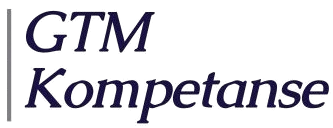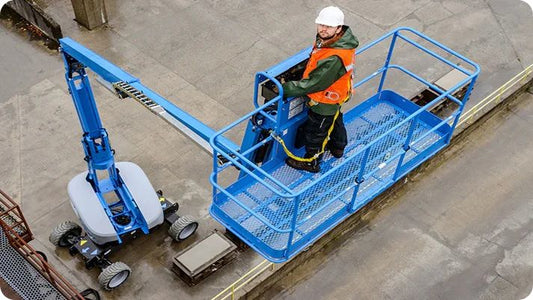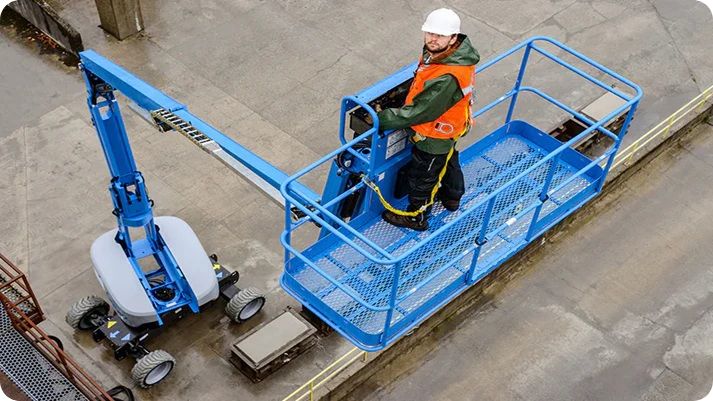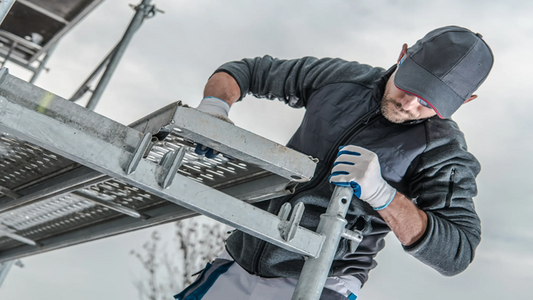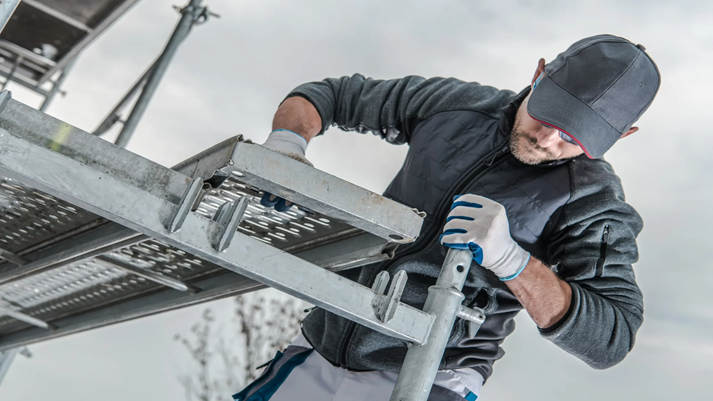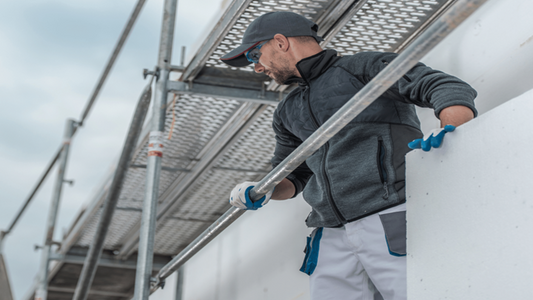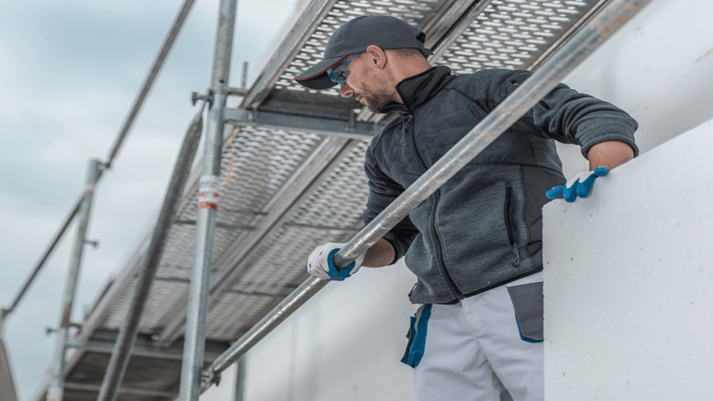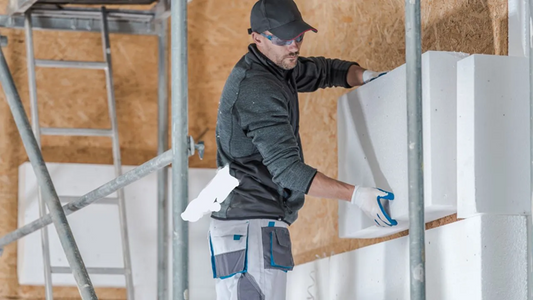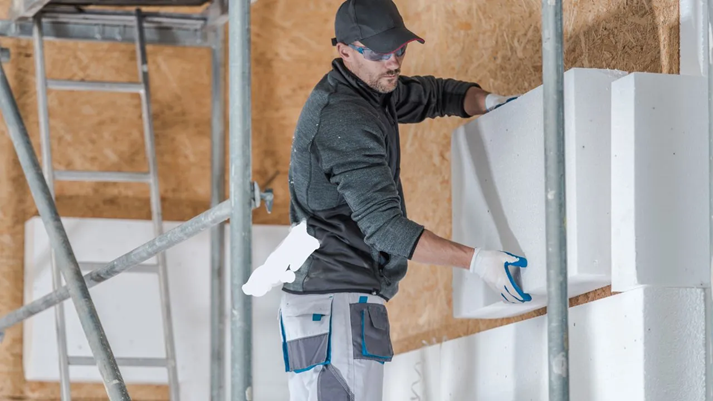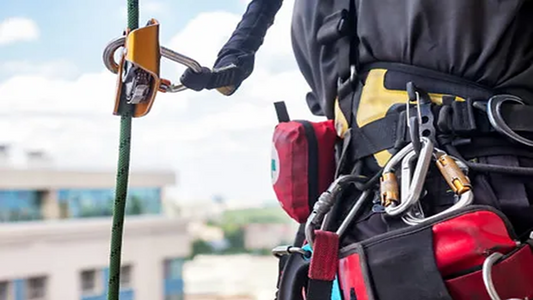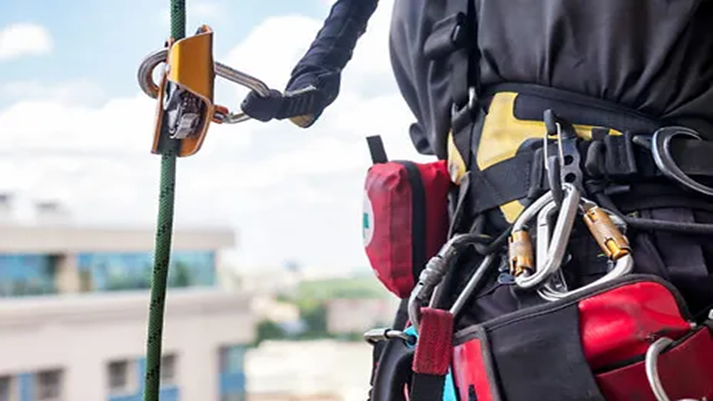Misuse of work equipment as a cause of work accidents
Workplace accidents due to improper use of work equipment are a significant problem in many work environments. For this reason, strict training requirements are imposed to ensure that equipment is used in a safe and proper manner, especially when there is the potential for serious injury.
Are the training requirements too extensive?
The Norwegian Labour Inspection Authority periodically receives feedback from businesses that believe that the requirements for equipment-specific training are too strict. Small businesses often find that it is time-consuming and administratively demanding to follow up on training and documentation. So why are these requirements in place, and what do they actually entail?
What causes work accidents?
Many work accidents occur due to incorrect use of equipment or by using the wrong equipment for a task. A classic example is using a saw on a material it was not designed for. Therefore, specific training requirements are imposed when using certain types of work equipment that can be dangerous if not used correctly.
It is not always intuitive to the worker what should not be done with a tool, or what safety requirements apply to maintenance. Differences in the functionality of the equipment, even if the machines appear similar, can also lead to accidents. A machine may start or function differently than a worker is used to, which can be critical if maintenance is taking place at the same time.
Is the equipment dangerous enough to require training?
According to Section 10-1 of the Regulations on the Performance of Work , the employer must assess whether the work equipment requires extra caution. When the risk assessment shows that the equipment is particularly dangerous, it may only be used by employees who have received documented training in safe use.
Examples of equipment that are considered to require extra caution are power-driven saws, angle grinders, personnel lifts, and machines that press or cut materials. The Norwegian Labour Inspection Authority's website contains detailed descriptions of such types of equipment and the necessary precautions.
What is required for equipment-specific training?
According to Section 10-4 of the Regulations on the Performance of Work, it is the employer's responsibility to ensure that employees receive training on the equipment they are to use. The purpose is to prevent accidents that may occur due to incorrect use or lack of understanding of the differences between different types of equipment.
The training must be documented, including who provided the training, who received it, and what equipment the training applies to. Although detailed documentation of each individual training course is not necessarily required, the internal control regulations require that measures to reduce risks must be documented.
How is "equipment-specific" training defined?
If an employee has been trained on a forklift and has received a certificate of competency, the training applies to the type of forklift used during the training. However, if a different forklift, perhaps of a different make, is used, the employer is required to ensure that the employee receives training on that specific model.
It is important that the employer carries out a risk assessment for their own equipment and any new acquisitions, to determine whether additional training is necessary. Although two machines may appear similar, there may be significant differences in how they are operated or maintained.
Scope and content of the training
The Regulations on the Performance of Work Section 10-2 describe the scope of the necessary safety training, which should be adapted to both the type of work equipment and the employee's skills. The employee must, among other things, be able to operate the machine safely, understand the machine's safety equipment and use it within the recommended areas of application.
The training should be both theoretical and practical, and it should cover:
- How the equipment is operated
- Machine safety features
- What maintenance is necessary
- Personal protective equipment requirements
Employer's responsibility
The employer's responsibility to ensure training is significant. In the event of an occupational accident, the Norwegian Labour Inspection Authority will assess what training has been provided and whether it has been sufficient. The employer must be able to document that the risks have been assessed and that the necessary training measures have been implemented.
Furthermore, the regulations require training on other types of equipment, such as scaffolding and personal protective equipment, before they are put into use. For example, specific training is required before employees can use scaffolding for work at height, or when using personal protective equipment, as described in §15-5 of the regulations on organization, management and participation .
Certified training companies
Some types of work equipment require even stricter training requirements, and the training must be provided by a certified training company. This applies to cranes, forklifts and material handling machines, for example, and the requirements are listed in §10-3 of the Regulations on the Performance of Work .
